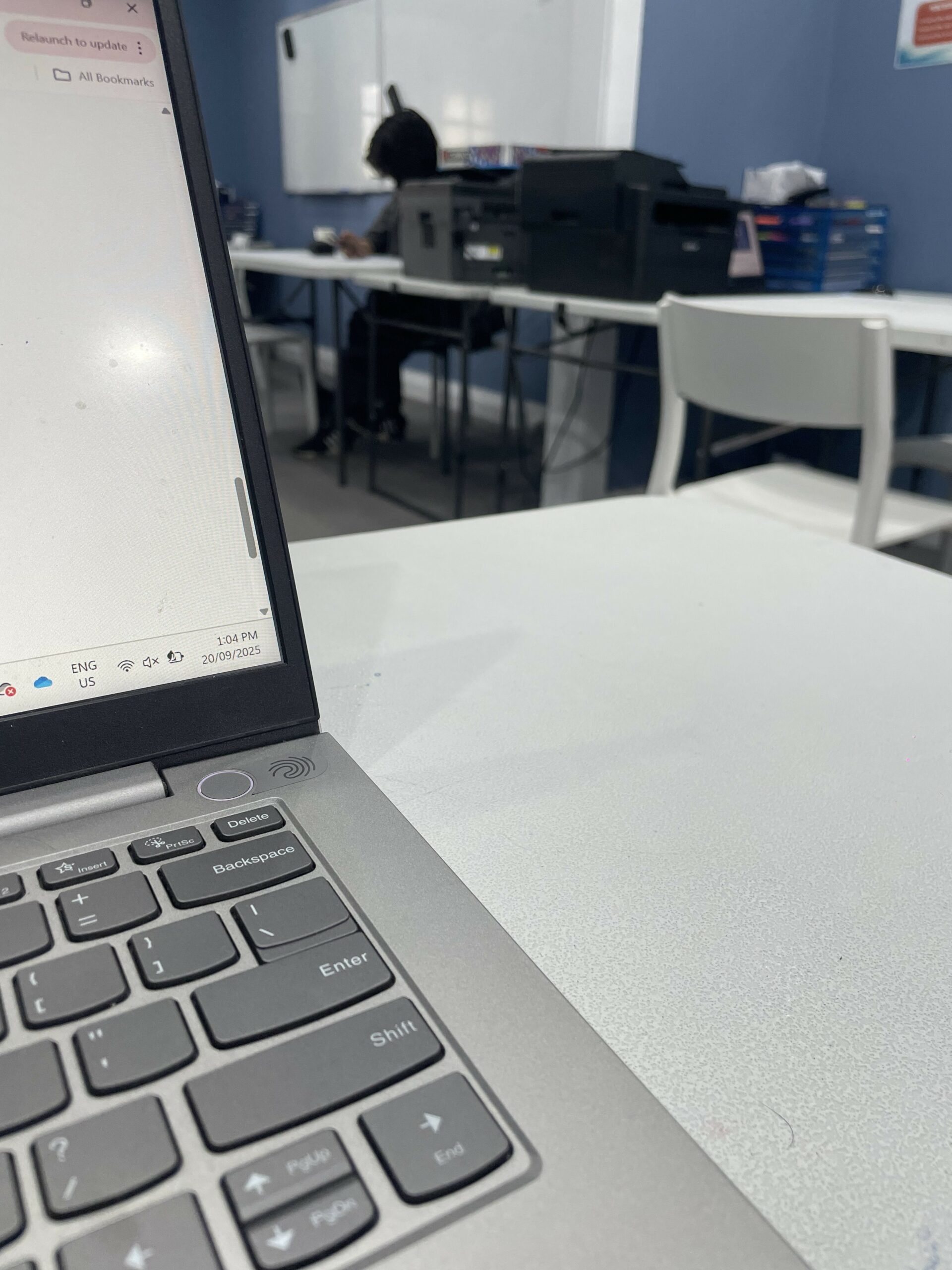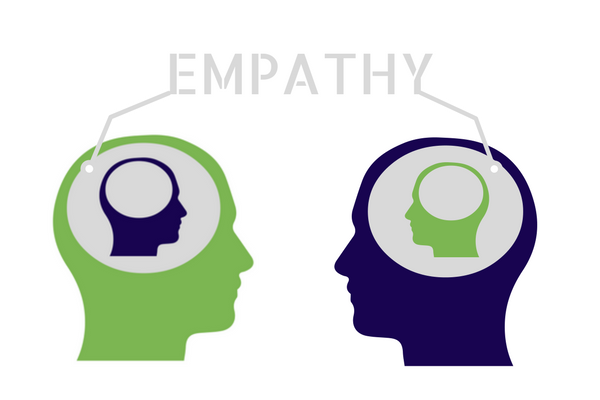
Today, observed James’ year 7 Maths, as it was the last week, and Owen didn’t have any class work James focused on revision – ensuring that all the content that was taught throughout the semester was well understood and remembered this included, fractions, area and volume, and algebra. Throughout this revision, James identified that Owen struggled and was not as confident in completing worded questions across all topics, he was able to confidently complete more basic questions where the information was given, but struggled to fully comprehend how to extract information for worded problems.
Therefore to help Owen, James focused most of the lesson was based on completing worded problems ranging from easier questions to more challenging. James was super clear when reading the question and really helped him to understand by begin to help him through using the board to help him identify key words and formulas and asking him to explain why he approached the question instead of just telling him to answer. By the end of the lesson, Owen was a bit more confident on answering these questions and was able to complete them more independently.
James also went over factorisation with Owen as he forget the concept , James did this through showing Owen factorisation tree, using the white board again to help explain this concept and make it understandable reminding Owen on how to complete it, he then completed questions on his own. James ensured that the holiday homework was based on worded questions and factorisation to make sure that he has a clear understanding of the next term and is he is ready for next term if these questions potentially come up in next exams or in future years.
To finish the class, he ended with uni a fun game they enjoy playing. Overall James was very clear, using the board to reinforce his ideas and teaching, which really helped owen understand his revision.
Daniella Antoun










